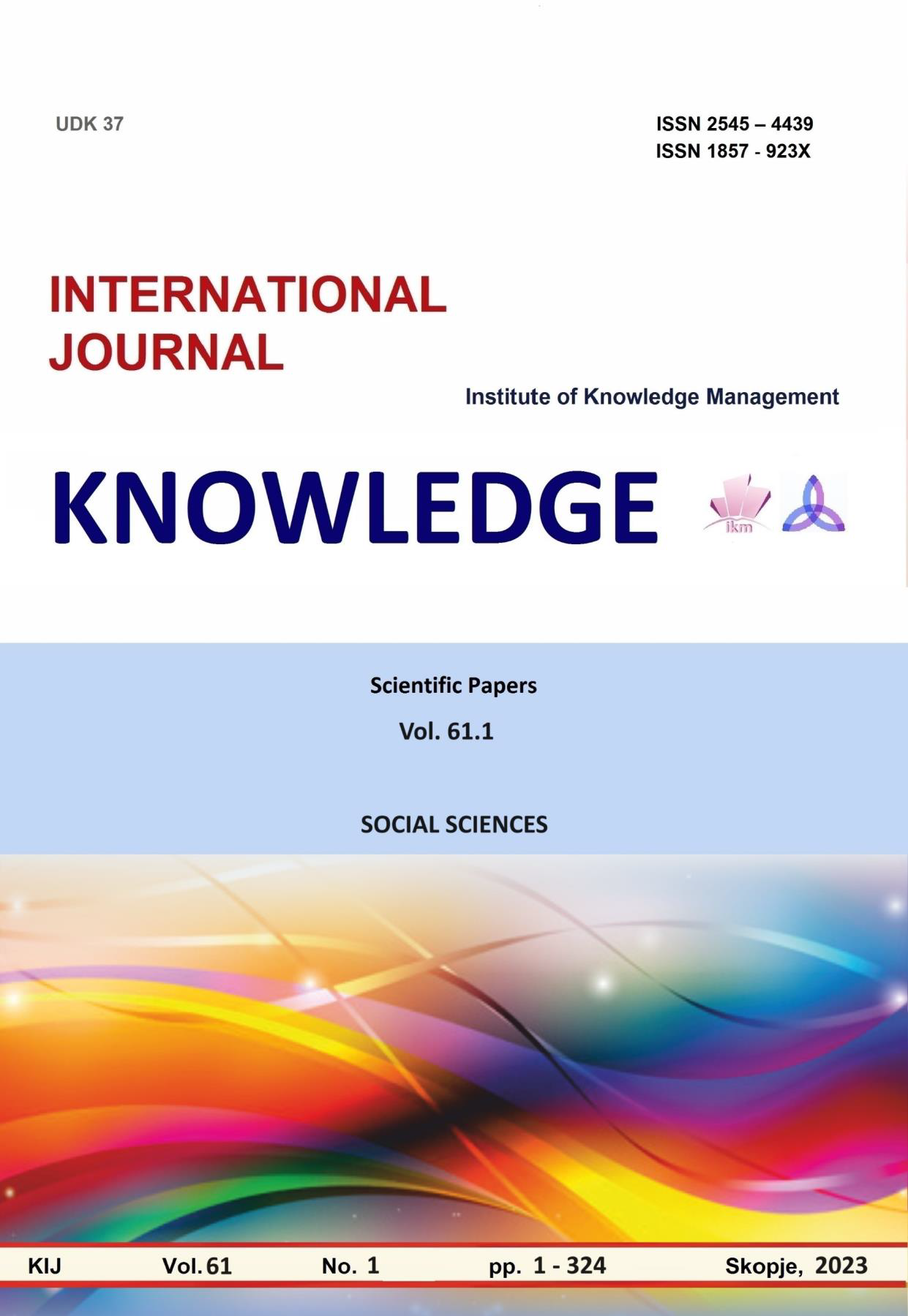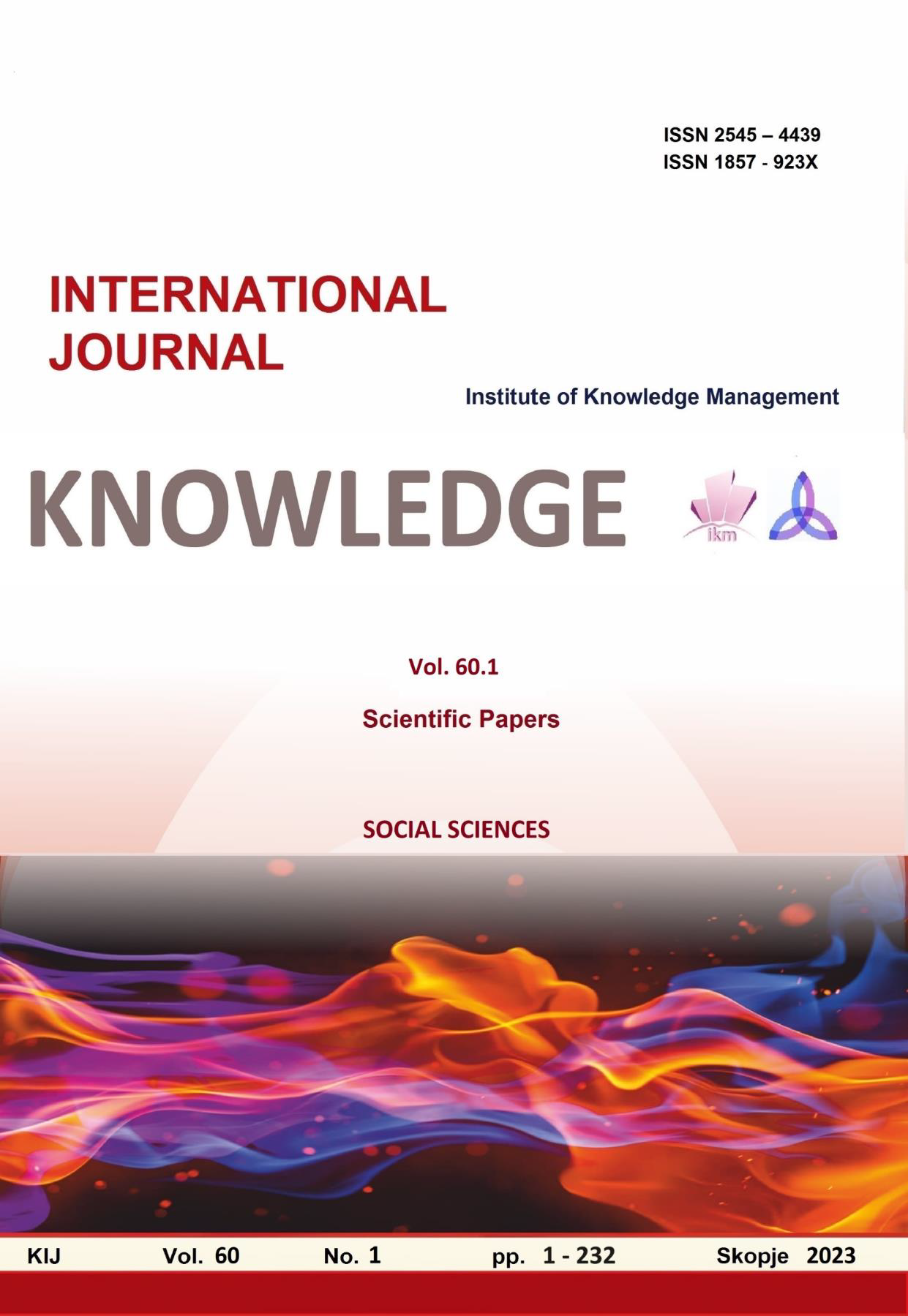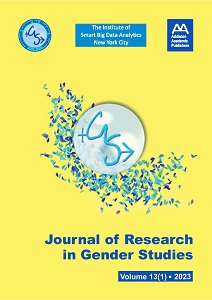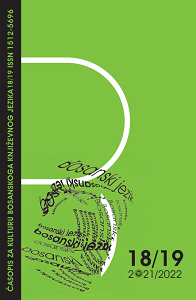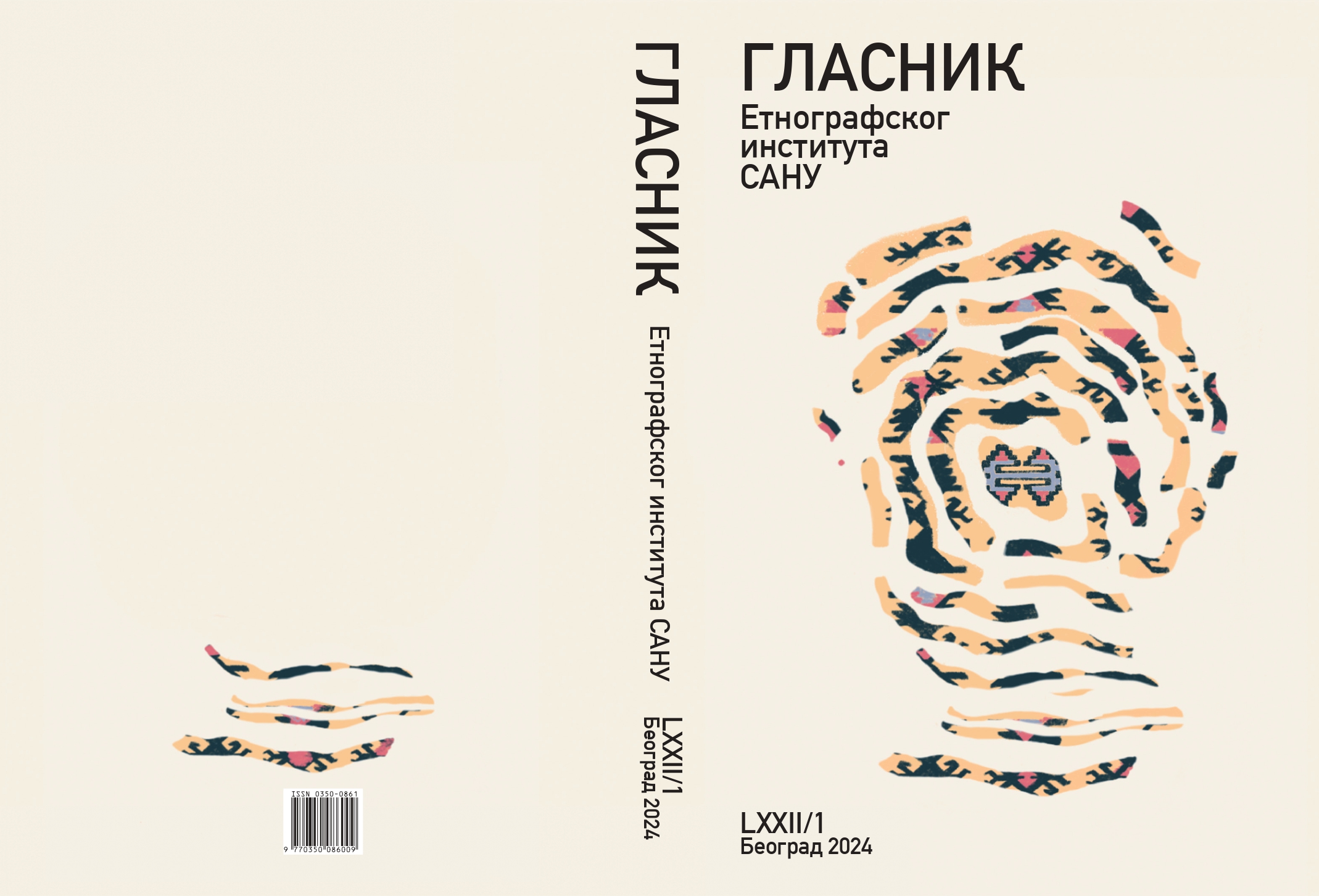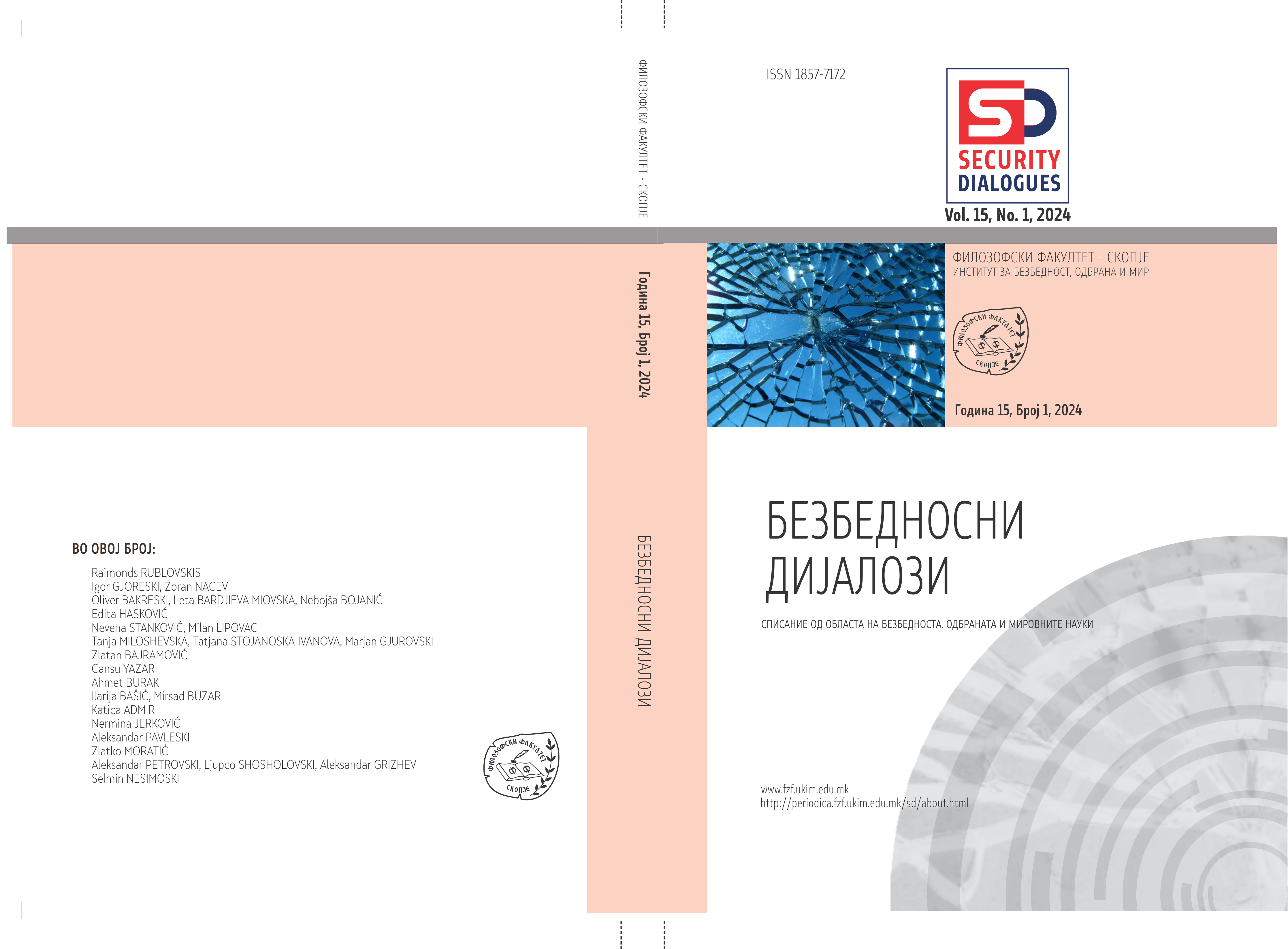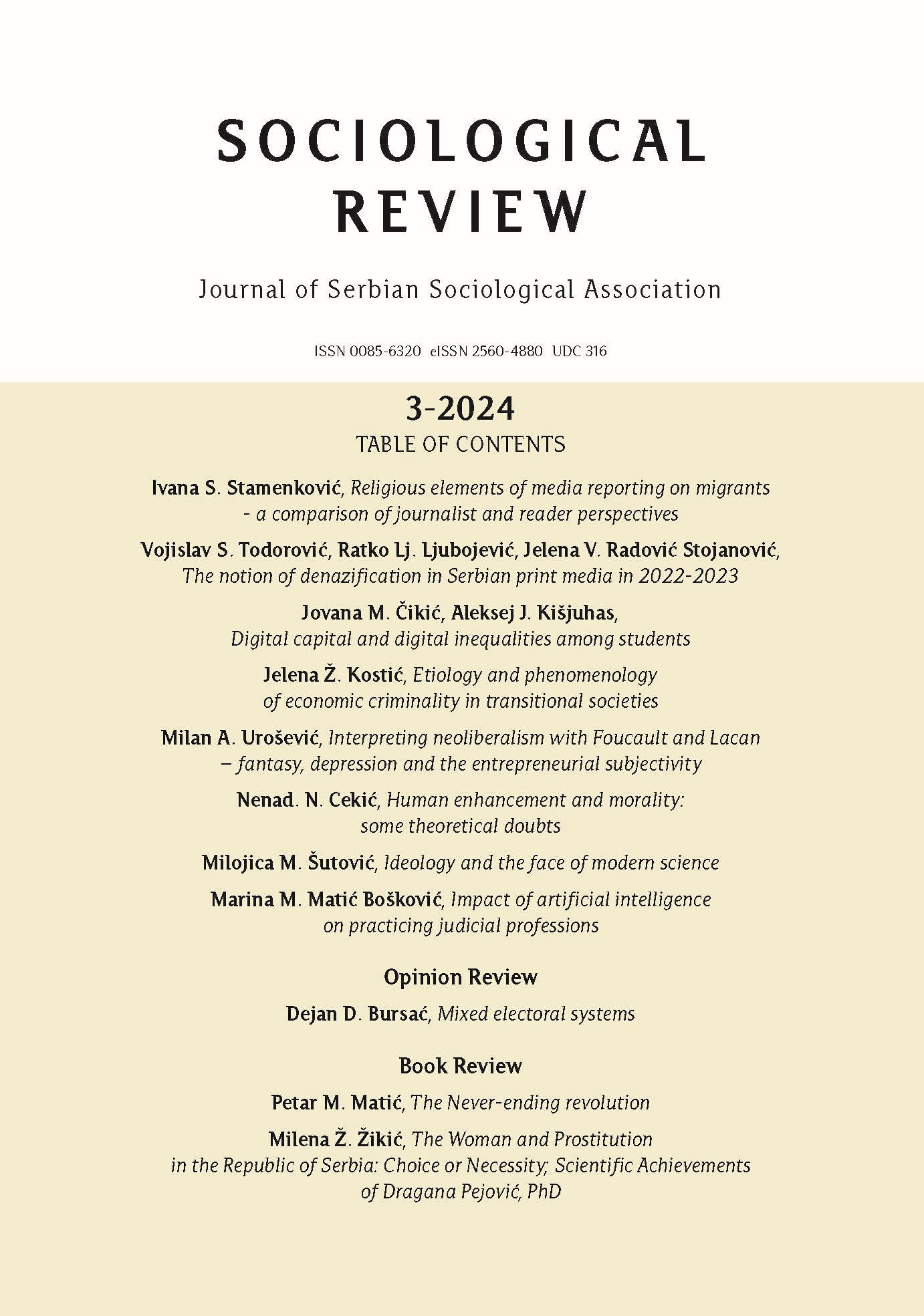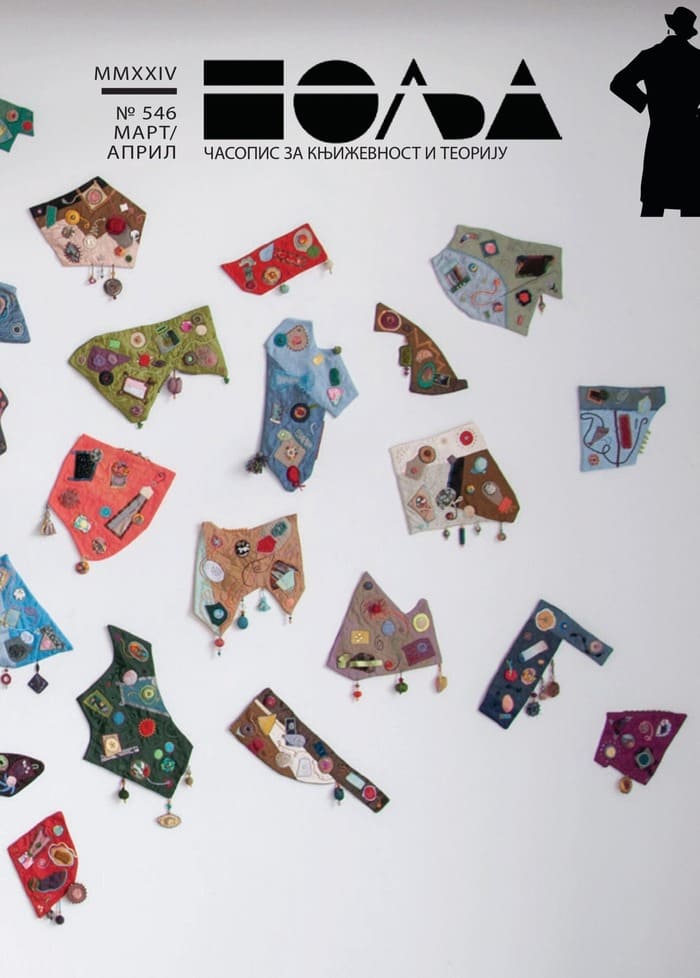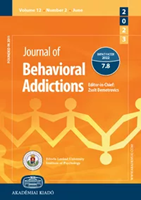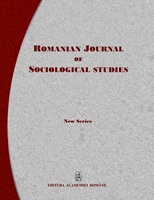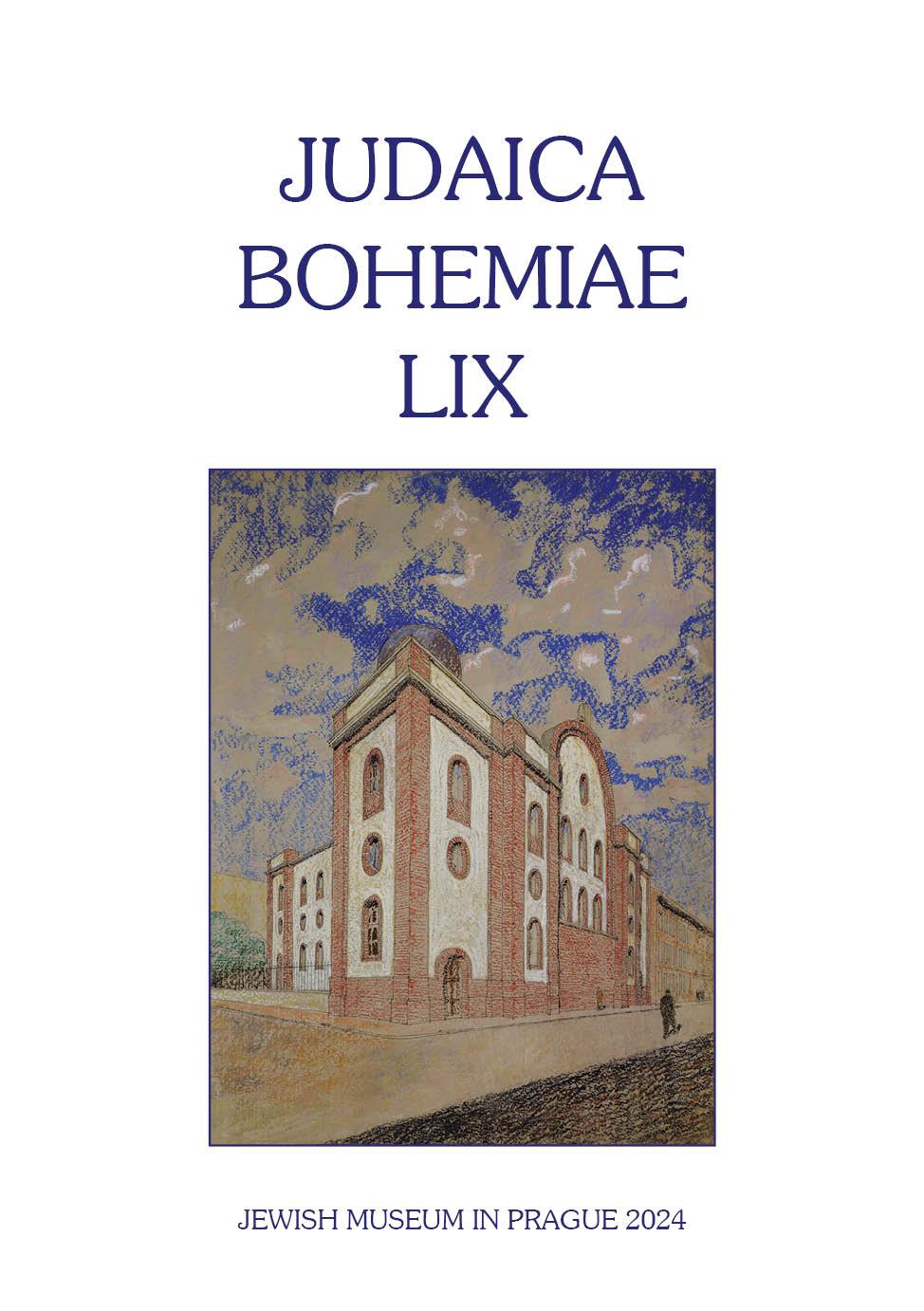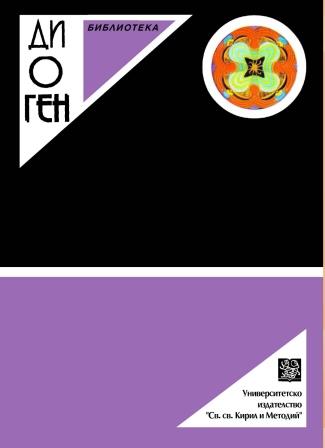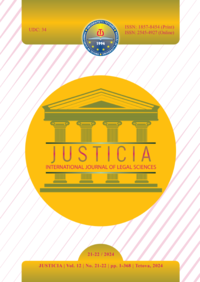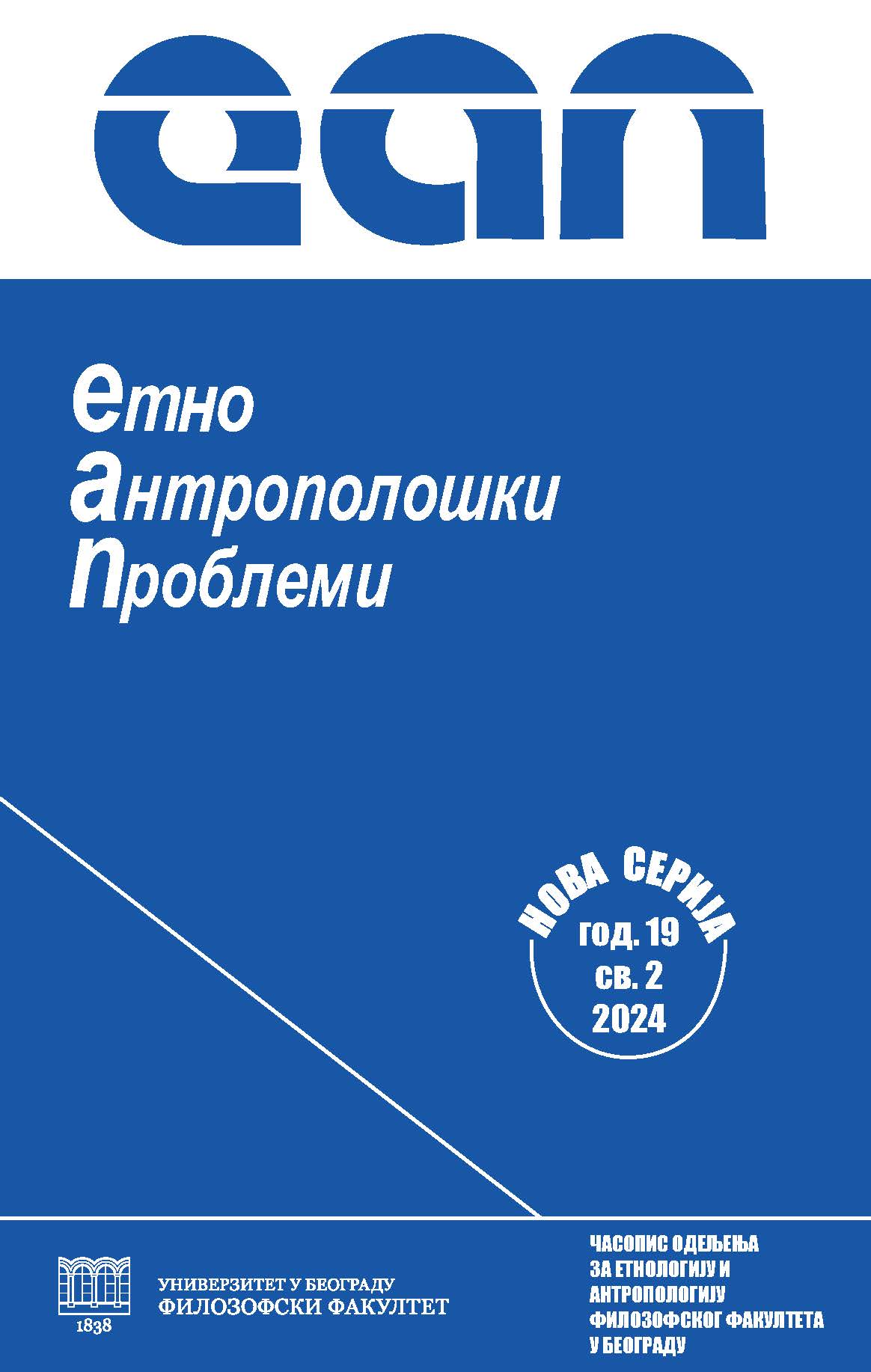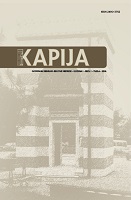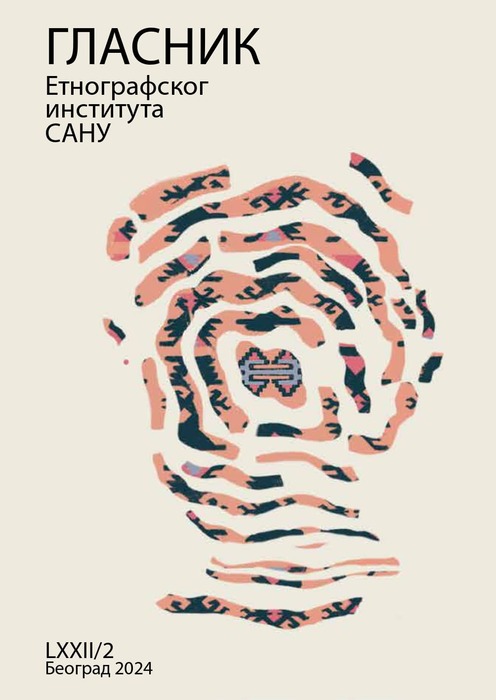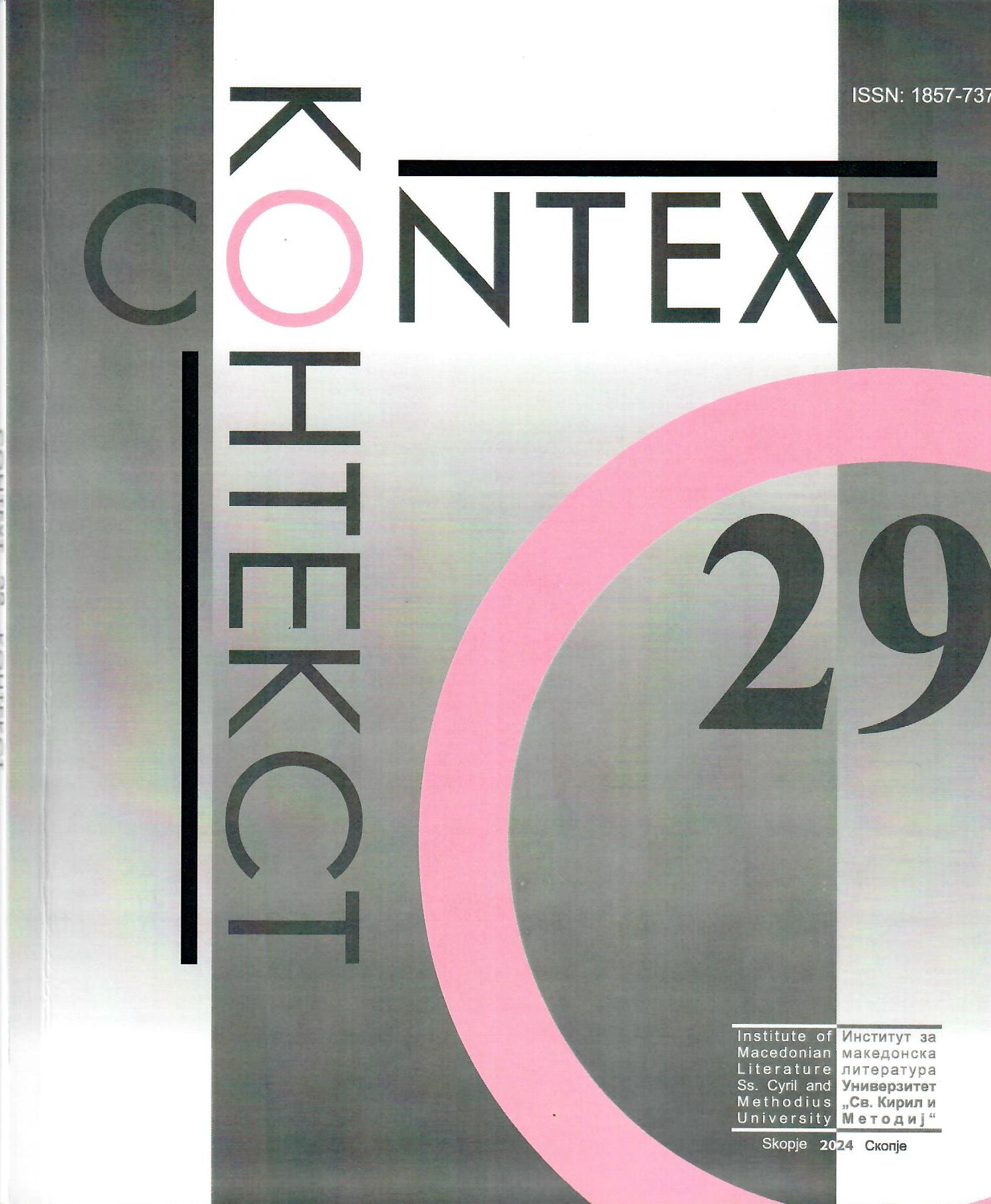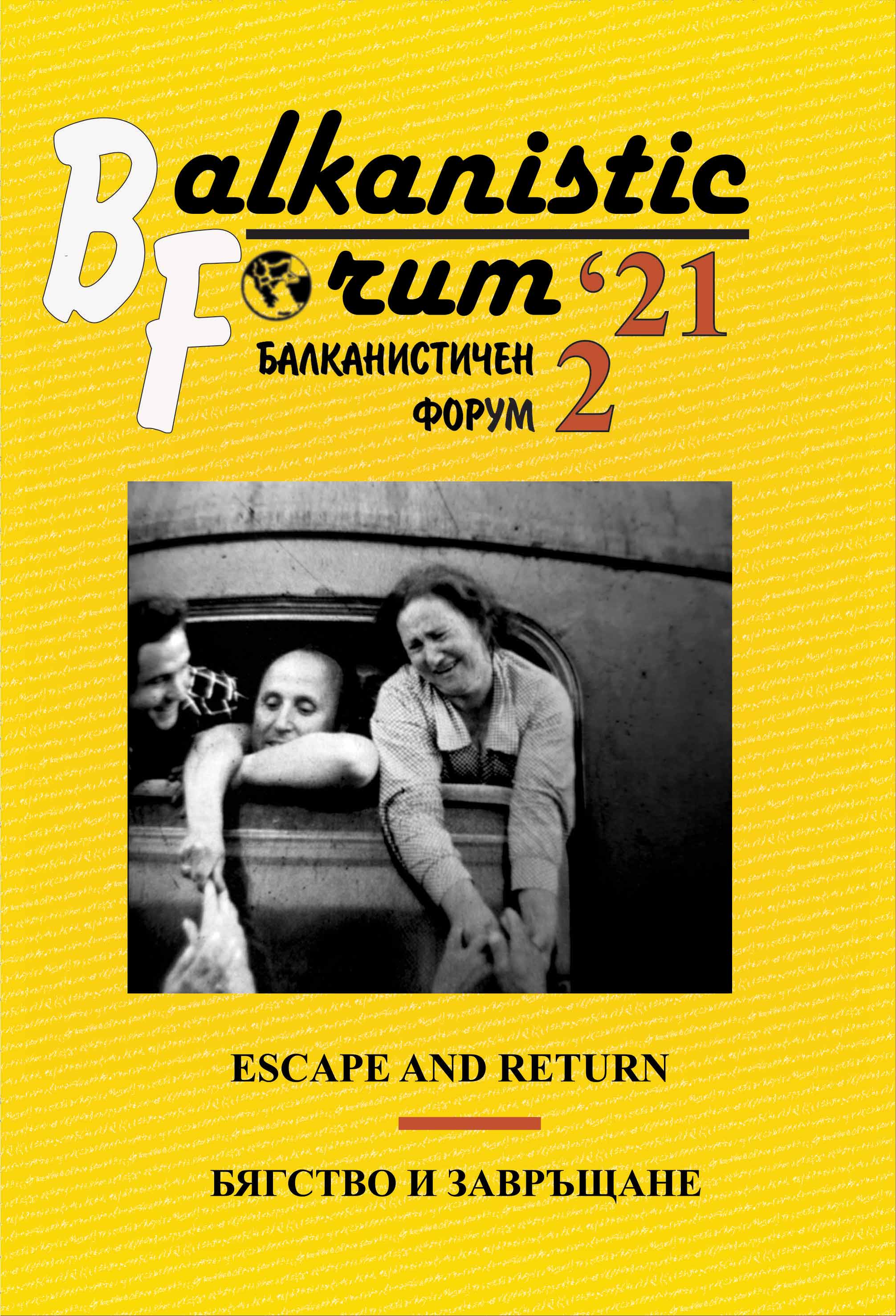
A Feminist Analysis: Sexual Violence in the Bosnian War (1992-1995)
Throughout history, war violence has disproportionately affected women, especially in patriarchal societies. Wartime rape, which is the most common and destructive type of conflict-related sexual violence, is the clearest example of these effects. This study clarifies the sexual violence experiences of Yugoslavian women during the Bosnian War, which had lasted between the years 1992-1995, with an anti-militarist feminist perspective. The first part of the article includes hypotheses of feminist theory about conflict-related sexual violence. The second part handles types of sexual violence such as wartime rape, forced prostitution, and forced pregnancy that had affected women in Yugoslavian conflict areas between 1992-1995. The last part of the study describes the numerical dimensions of the sexual violence used in the Bosnian War and its ef-fects on Yugoslavian women. Throughout history, war violence has disproportionately affected women, especially in patriarchal societies. Wartime rape, which is the most common and destructive type of conflict-related sexual violence, is the clearest example of these effects. This study clarifies the sexual violence experiences of Yugoslavian women during the Bosnian War, which had lasted between the years 1992-1995, with an anti-militarist feminist perspective. The first part of the article includes hypotheses of feminist theory about conflict-related sexual violence. The second part handles types of sexual violence such as wartime rape, forced prostitution, and forced pregnancy that had affected women in Yugoslavian conflict areas between 1992-1995. The last part of the study describes the numerical dimensions of the sexual violence used in the Bosnian War and its effects on Yugoslavian women.
More...
